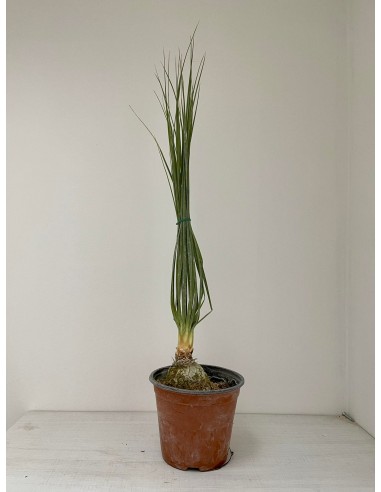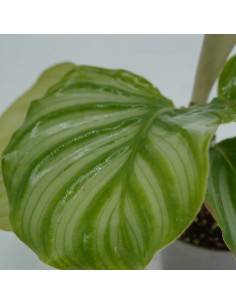copy of Bromeliad plant
Generality of the Bromeliad Plant:
Bromeliad is a collective name that summarizes the plants belonging to the Bromeliads family. Bromeliad looks like a rosette with fleshy leaves of a light green color. From the leaves extends the flower which usually has a strong and bright color like red and yellow
- jar 9cm, height 35cm
Sale of the Bromeliad plant, available in the following formats:
- jar 9cm, height 35cm
Generality of the Bromeliad Plant:
With the term Bromelia we indicate a genus of well-known plants, which appear as real jewels to show off in your apartment. They adapt perfectly to the domestic climate and are able to give a touch of color and elegance to any environment.
The family belongs to the Bromeliaceae: evergreen plants originating from the New Continent, which appear wearing a very colorful dress. Fleshy leaves with light shades of green and showy blooms to act as a refined detail for a truly chic botanical outfit. Bromeliad grows in areas characterized by a warm climate and a considerable level of humidity, but are well suited to different climates. Obviously, they are not plants that can be grown outdoors in areas where the temperature is very cold and even when grown at home, precautions must not be lacking. The currents are very dangerous for these plants of exotic beauty.The flowers are very showy and with a particular shape, while the fruits of Bromeliad can hardly be admired when it comes to domestic cultivation. Even for those who, considered as great experts with green thumbs upwards, the fruits represent a very distant and very difficult goal to reach.
Let us be satisfied with the spectacular flowering of Bromeliad and stick to the saying "whoever is satisfied enjoys"! Flowers and leaves with a suggestive shape will certainly not weigh the absence of the fruit, giving the plant an eccentric appearance.
Bromeliad Plant Cultivation and Care:
We have said many times that Bromeliad needs a lot of moisture and we will continue to say this until we are exhausted. This is the essential condition for its development.
When grown in pots, it is recommended to use expanded clay to put in the saucer and keep it always moist. In the hottest periods of the year, the plant can be placed in bright areas, but never under the direct action of sunlight. You risk literally burning the leaves. When the temperature drops abruptly, place the vase in very sheltered areas and not affected by dangerous air currents.





















